Oct 16, 2024
Different Parts of a Gutter System
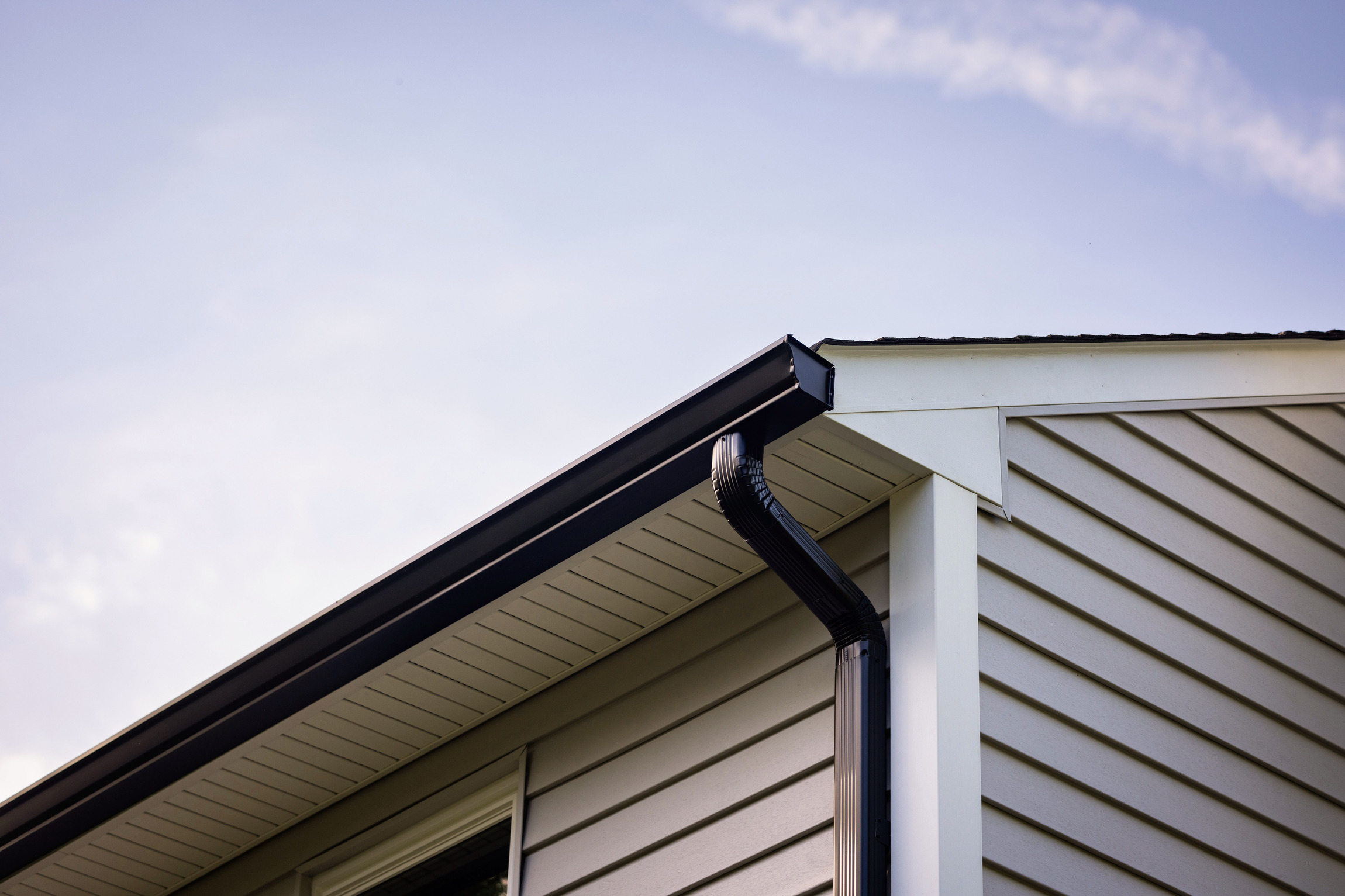
Gutters are an imperative part of diverting unwanted water away from your home, and each piece of a gutter system works in tandem to do just that.
Let’s break down each part and why it matters:
Fascia
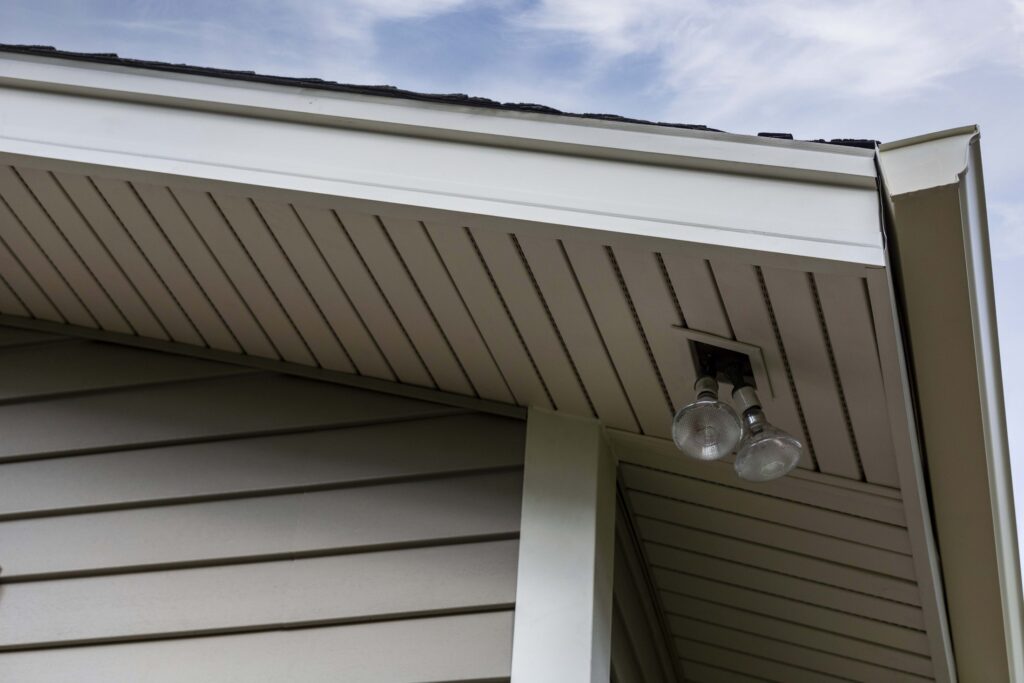
Simply put, fascia boards are what gutters are attached to. Fascia is fastened to the rafter tails, and along with the soffit, encloses the eaves of the home.
While fascia boards are technically part of a roofing system, they are meant to function as attachment points to anchor gutters with the help of fascia brackets.
Gutter Sections, Corners, and Connectors
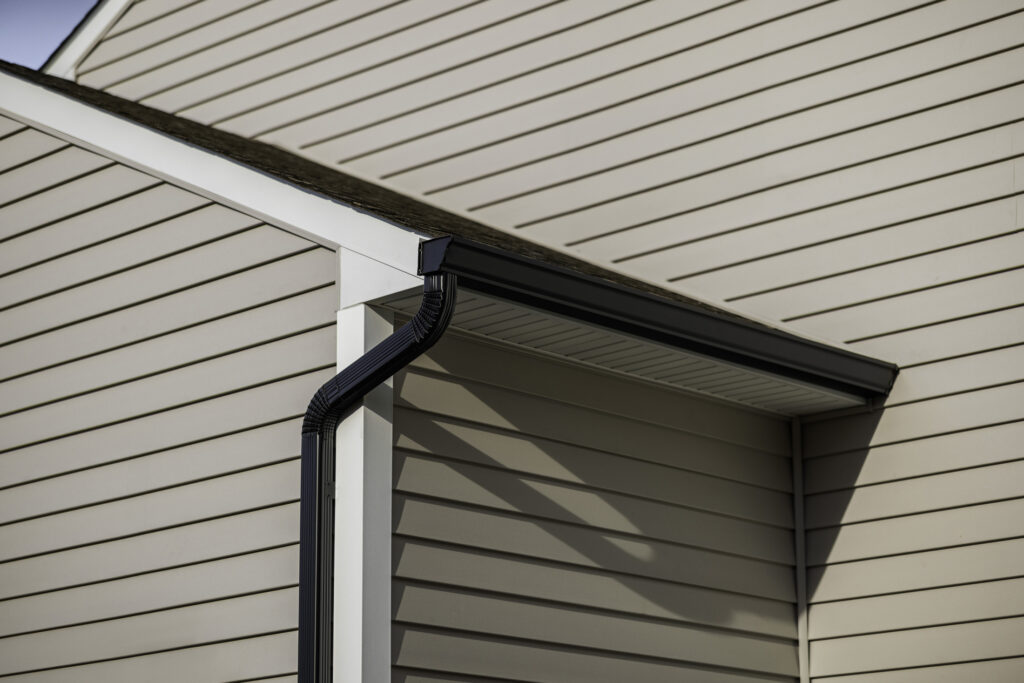
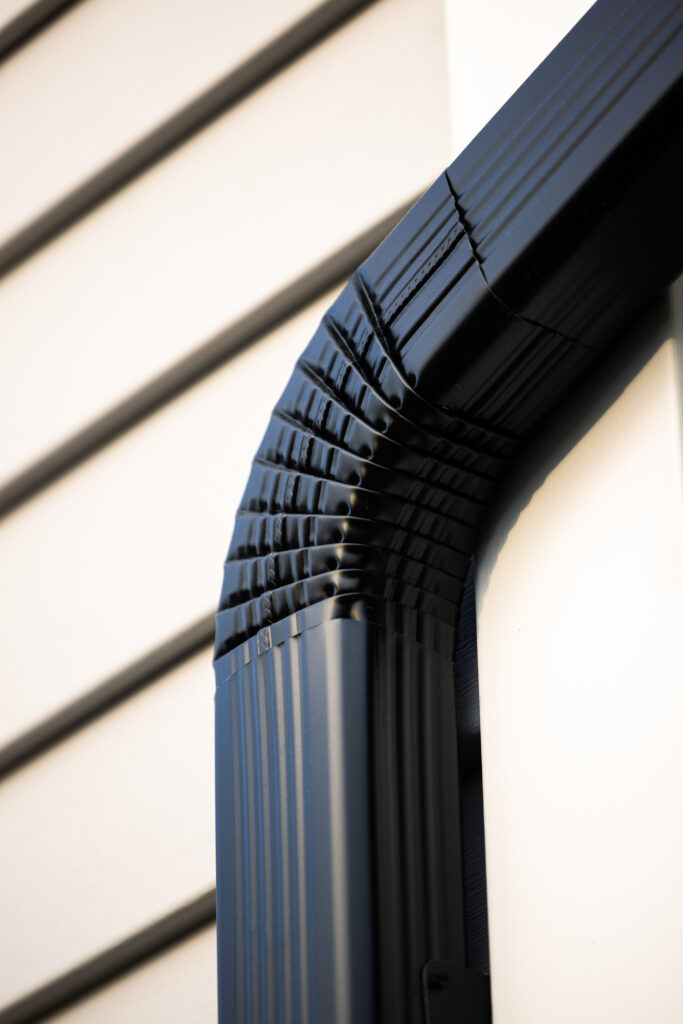
Majority of gutter troughs that follow a home’s roof line are straight sections, but homeowners will also need corner or connector pieces to work water around edges or change the direction of water flow.
End Cap
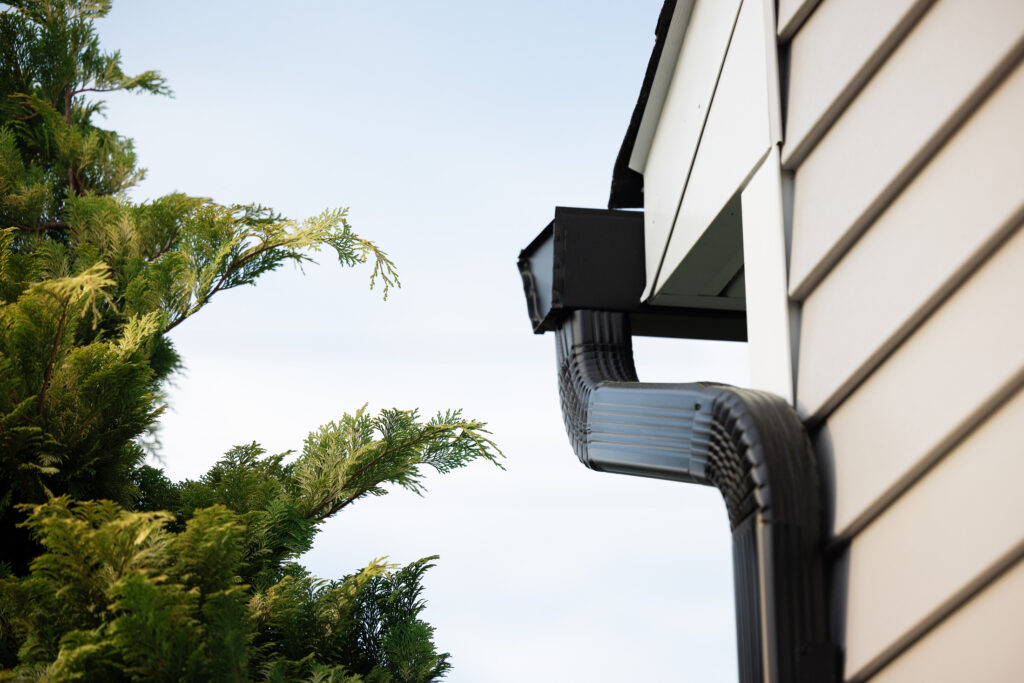
You’ll find gutter end caps either on a corner of a home, or where a gutter system ends. This piece seals the end of a gutter trough so that water cannot flow past.
Downspout
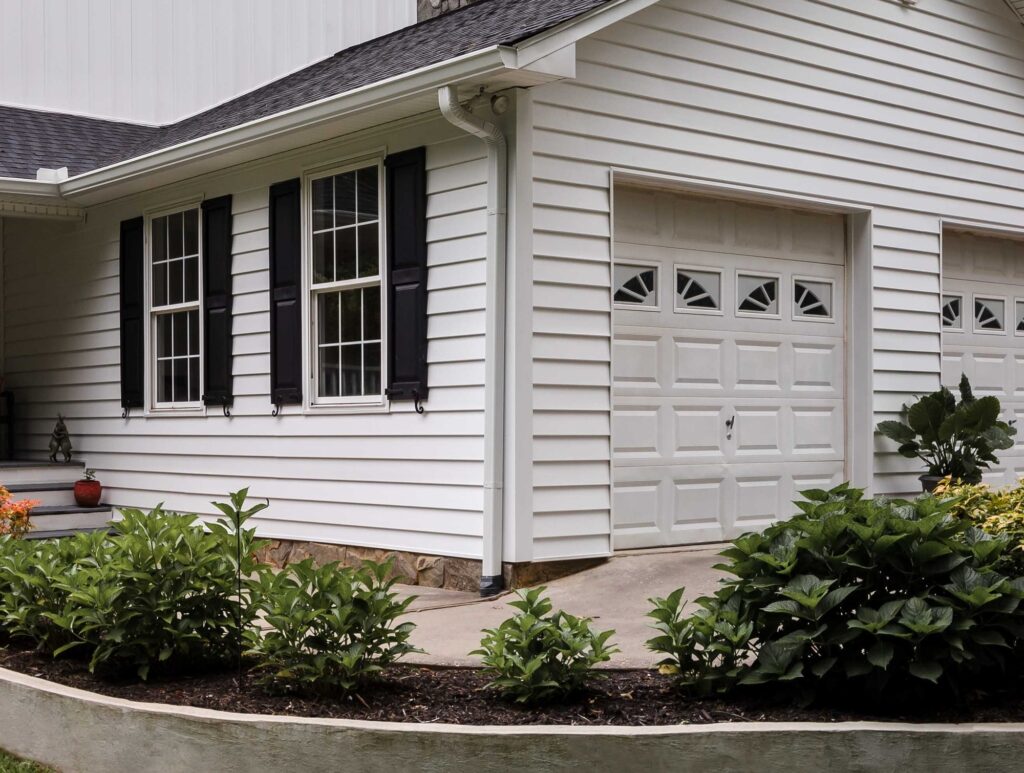
A downspout is the vertical pipe that channels water from the gutter troughs safely to the ground without impacting the sides of a home.
Splash Block and Downspout Extenders
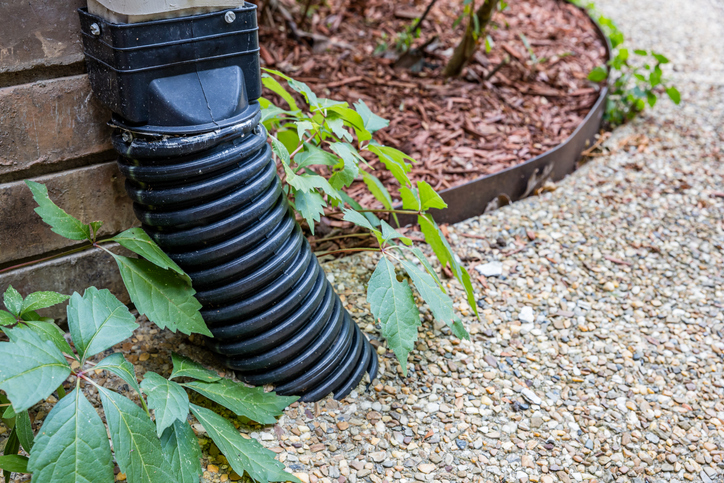
The water funneling through your downspout needs to exit somewhere, and a splash block or a downspout extender are two options that will direct water away from your home’s foundation in a direction where you want it to go.
A splash block is typically rectangular in shape and made of plastic or concrete.
A downspout extender usually looks like a plastic accordion, and can stretch a significantly longer distance compared to a splash block.
If either of these options aren’t used, erosion will occur over time in your lawn, flower beds, driveway, or wherever the water continuously drains.
Gutter Protection Alternatives

Gutter guards, which are screens installed over top of your gutters, allow water to flow through while filtering out large pieces of debris — like sticks, leaves, or pinecones. Even with gutter guards, homeowners still need to conduct seasonal checks to ensure that no debris, specifically the fine sediment, is finding its way through the holes in the guard and causing blockages.
Clogged gutters can lead to major leakage and damage to both the exterior and interior of your home.
Hiring a Pro vs. DIY Installation
If you have any doubt about whether or not you are personally equipped to handle the task at hand, opt for hiring a professional. When tackling maintenance that requires a ladder, that level of risk isn’t something all homeowners are comfortable with. Gutters can follow very high points of a roof line, and depending on your home, the roof plane might also be steeply pitched.
In need of gutters for your home? Check out our offerings to learn more.

